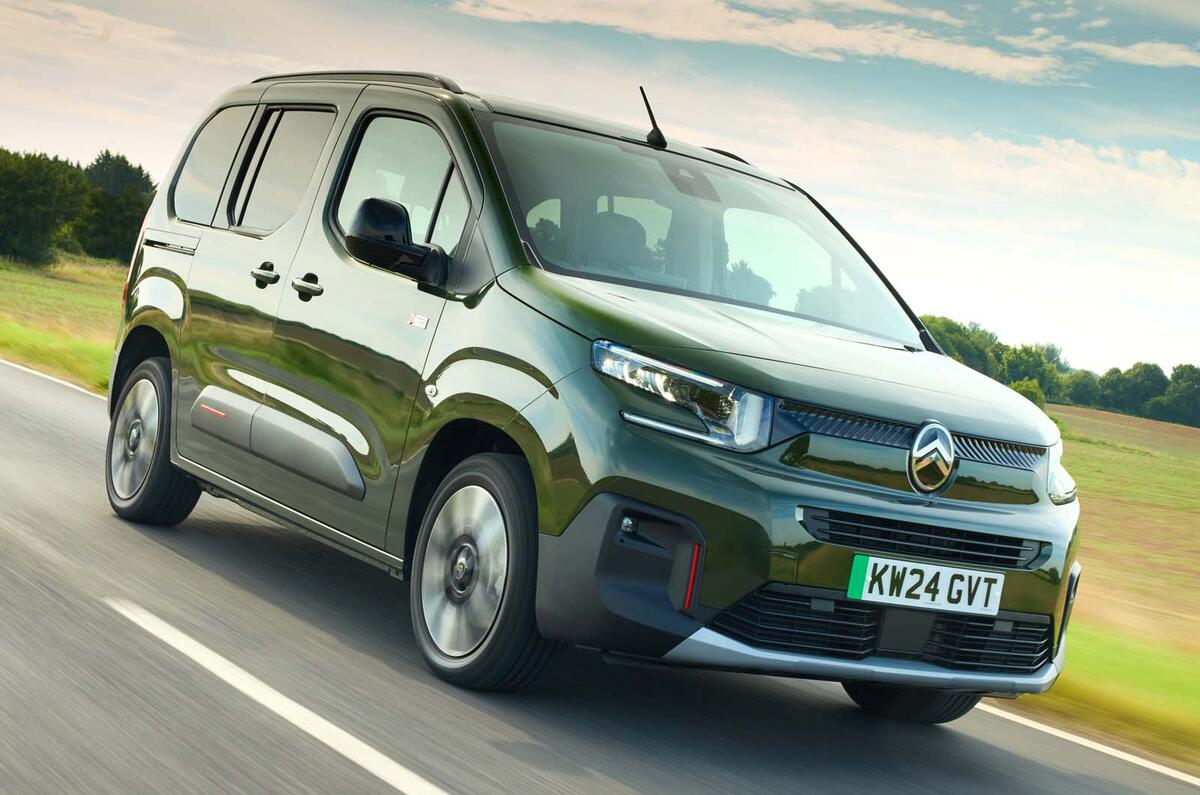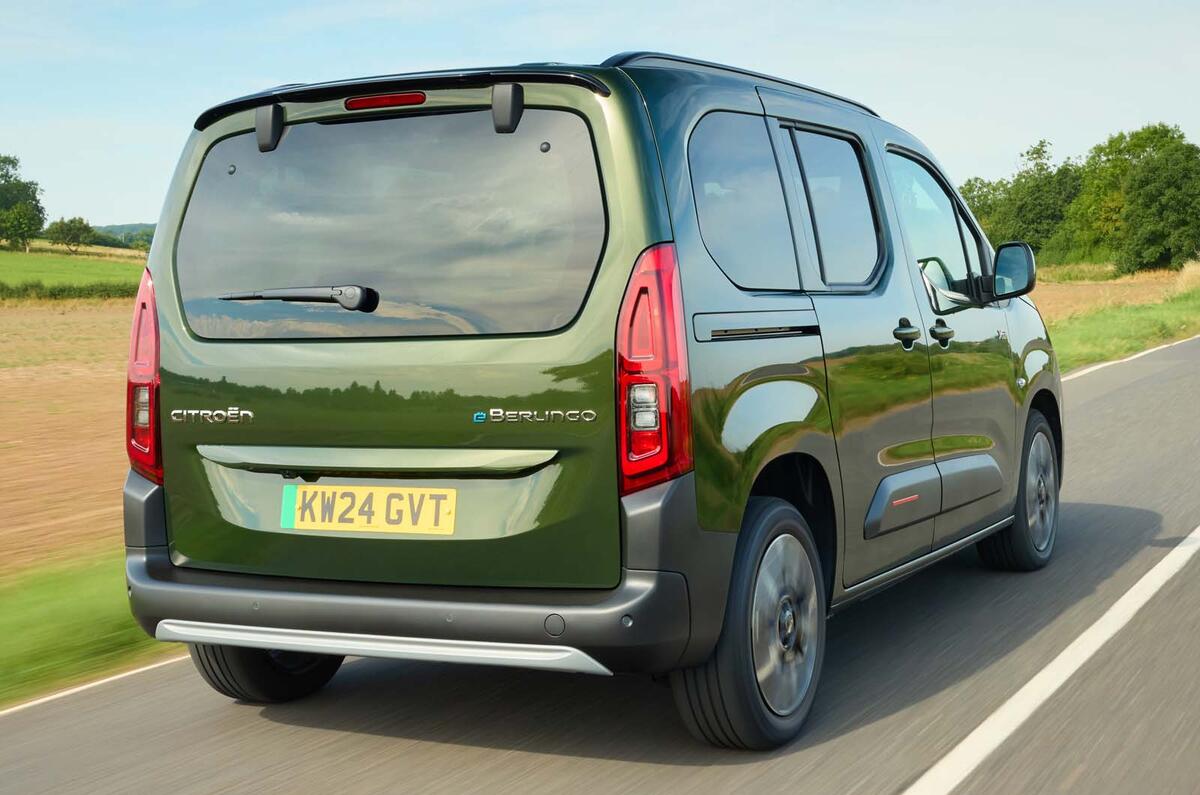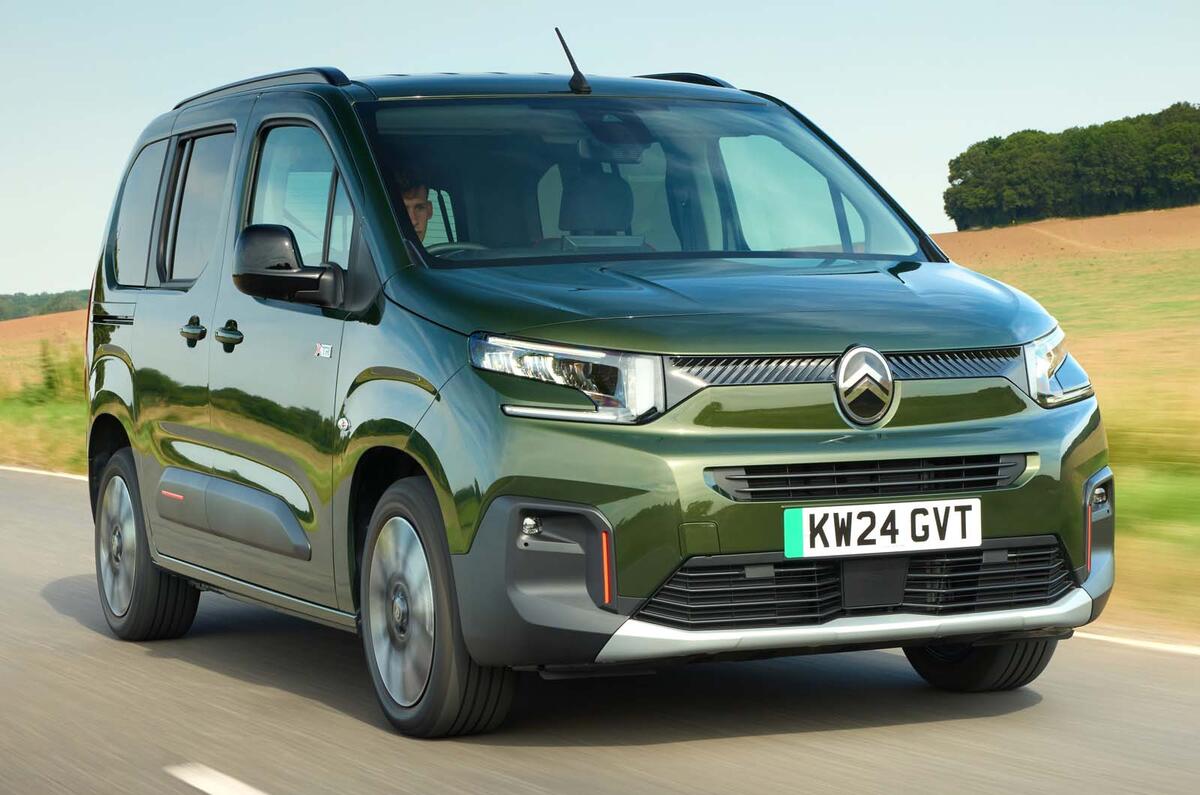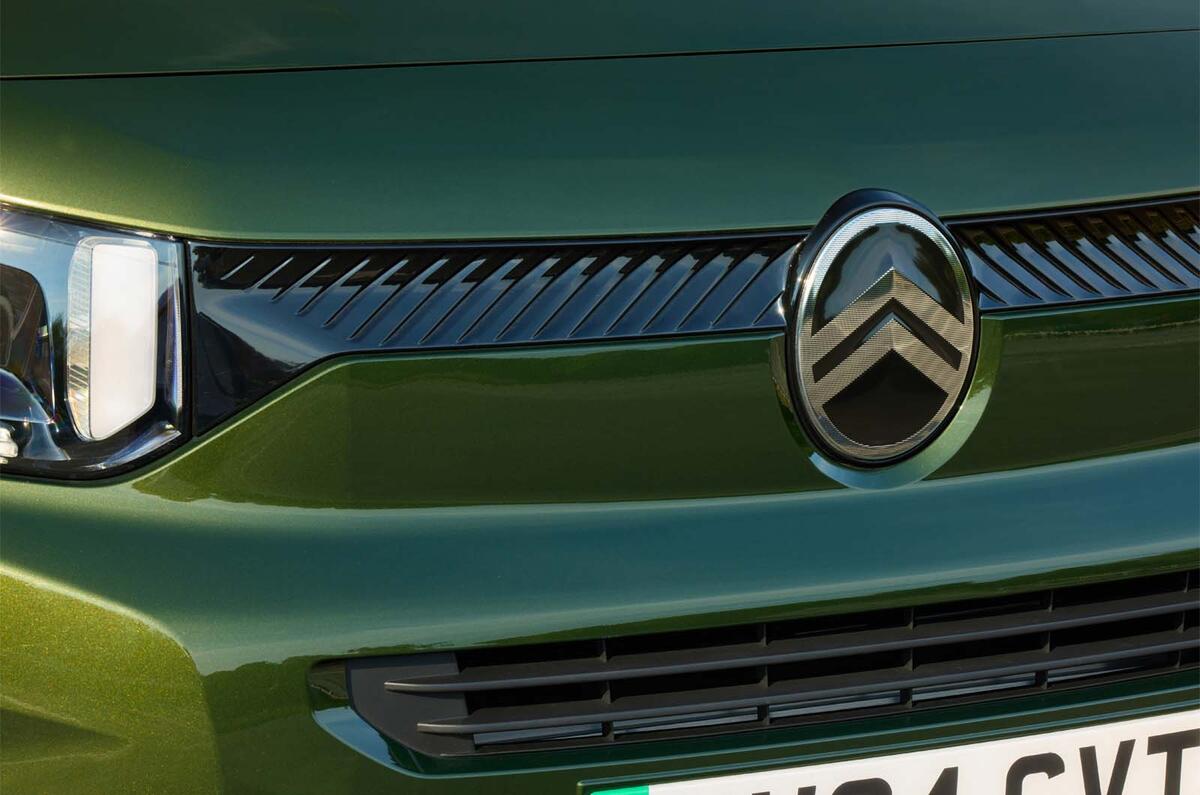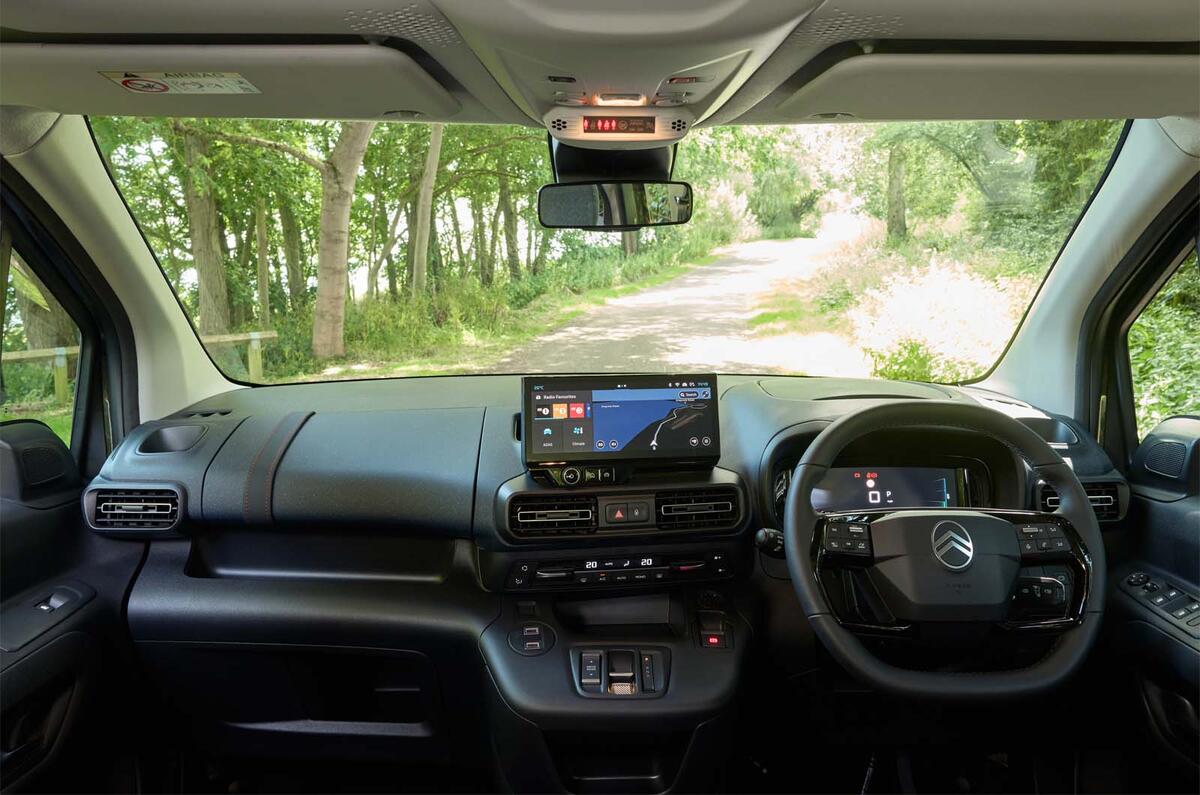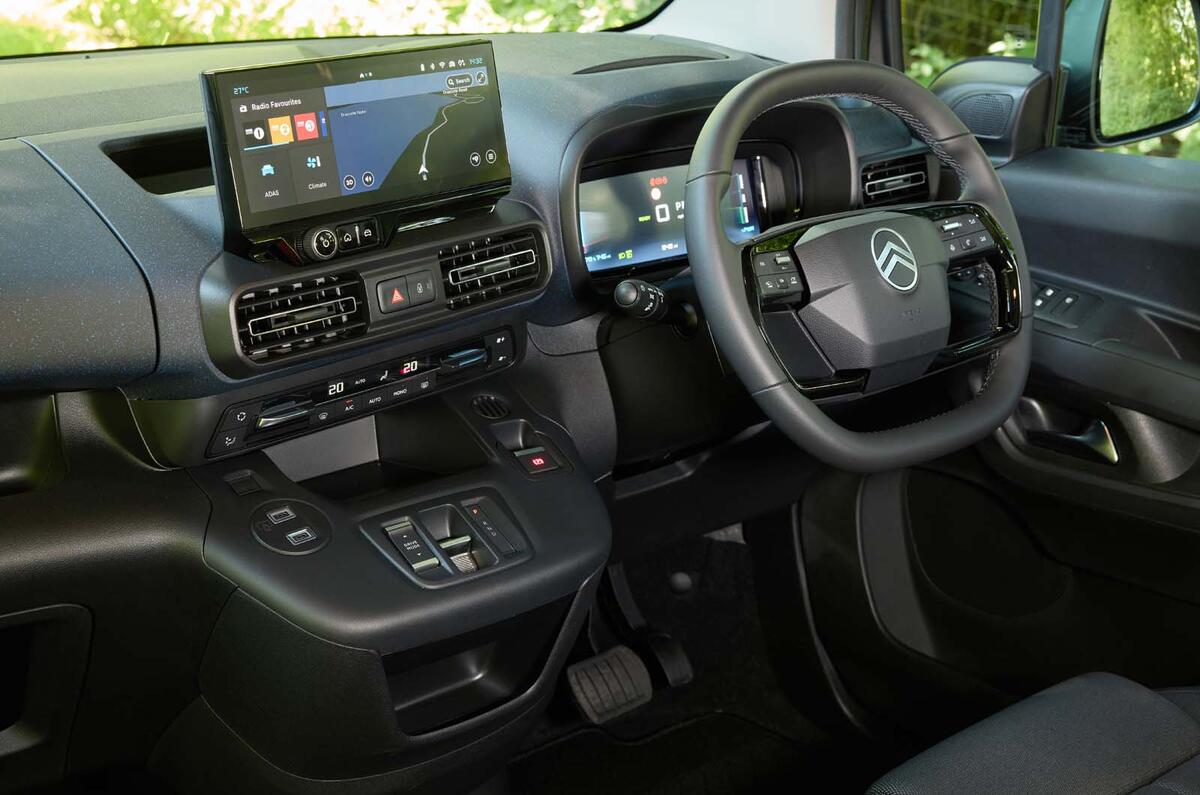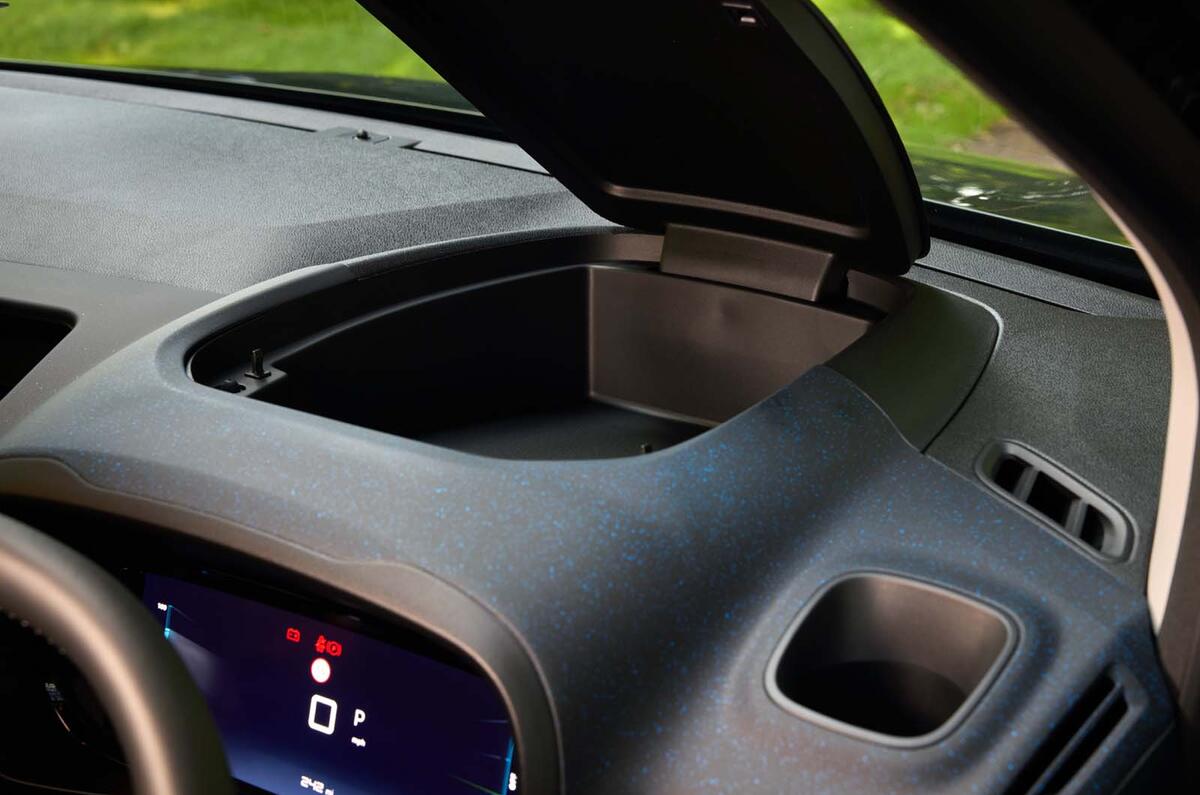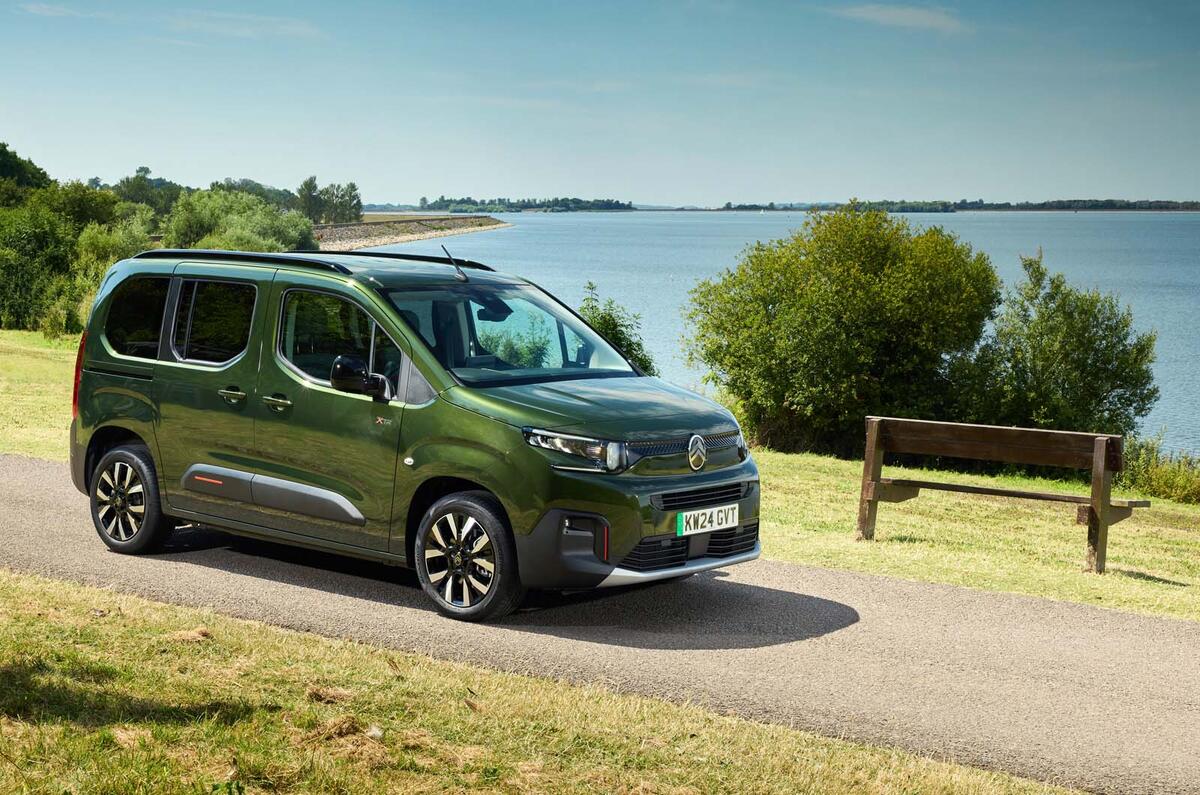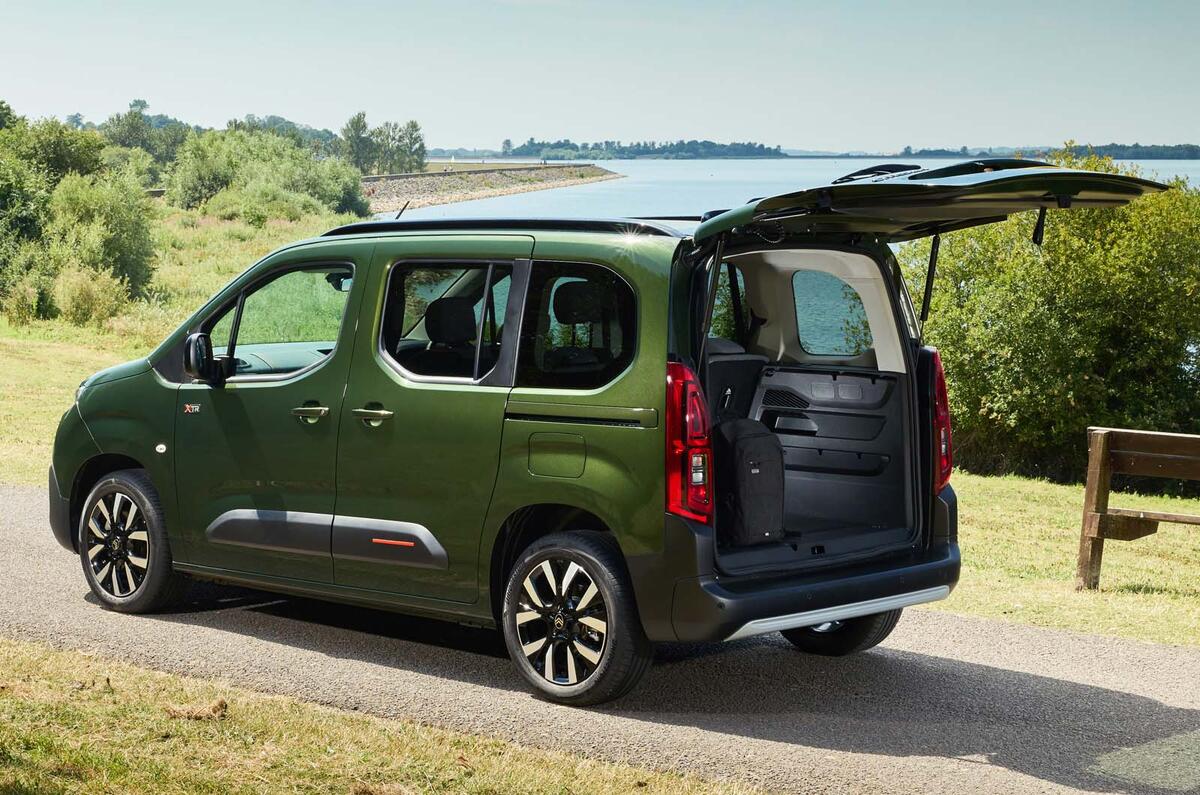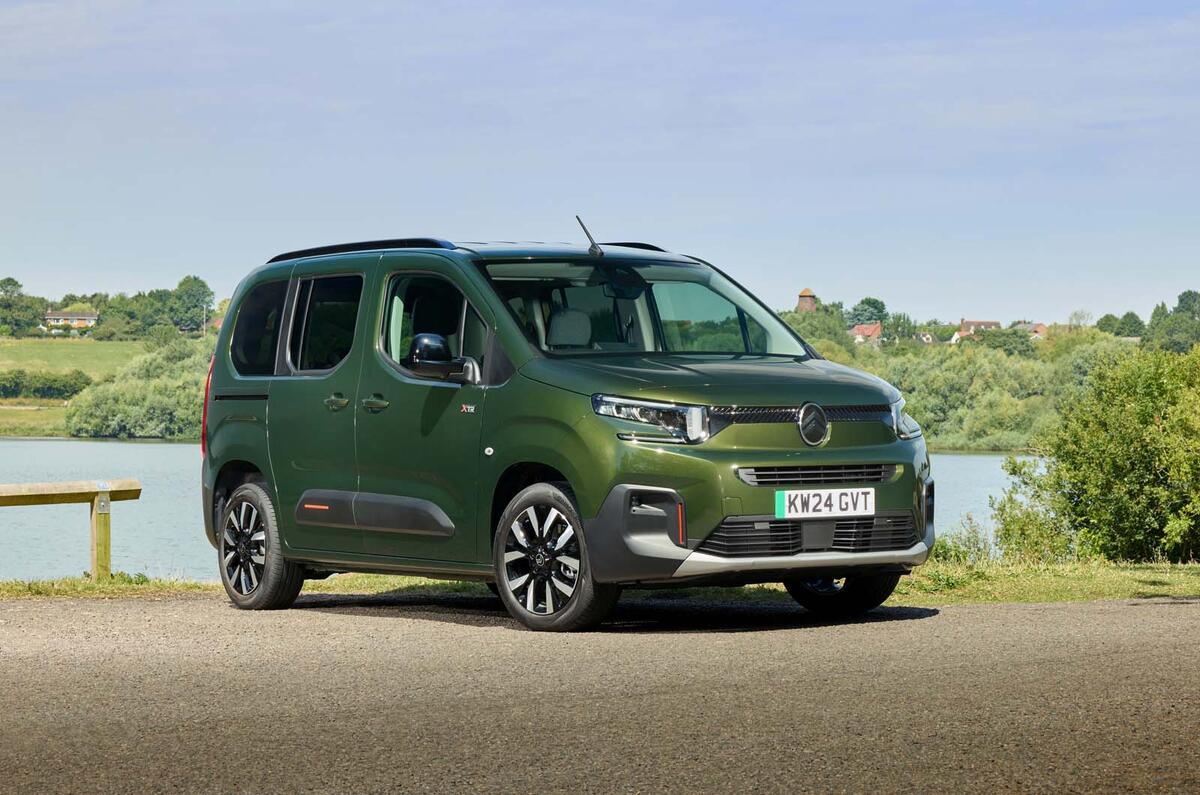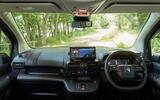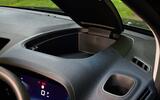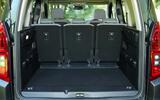It seems like a lifetime ago when the multi-purpose vehicle was the predictable choice, if not the given choice, for those who needed a large car to haul their children and the paraphernalia that came with them.
In the people-carrying sphere, van-based examples have never quite managed to reach the upper echelons of the MPV class.
Their role is far more straightforward than that of car-like MPVs, needing to be rugged, simple and hassle-free but forgo any luxuries or refinement.
Hoping to change this stereotype is the latest Citroën e-Berlingo, which has been tweaked to boost range and driver appeal.
When you consider its price, positioning and dynamic priorities, it stacks up relatively well against the now reduced field of other MPVs on sale.
It also presents itself as a solid alternative to dearer crossovers and SUVs that have now replaced the MPV as king of the school car park.
But is there still a place for the MPV in modern motordom, and how does Citroën’s electric offering fare compared with the competition?
New Citroen e-Berlingo cars in stock



